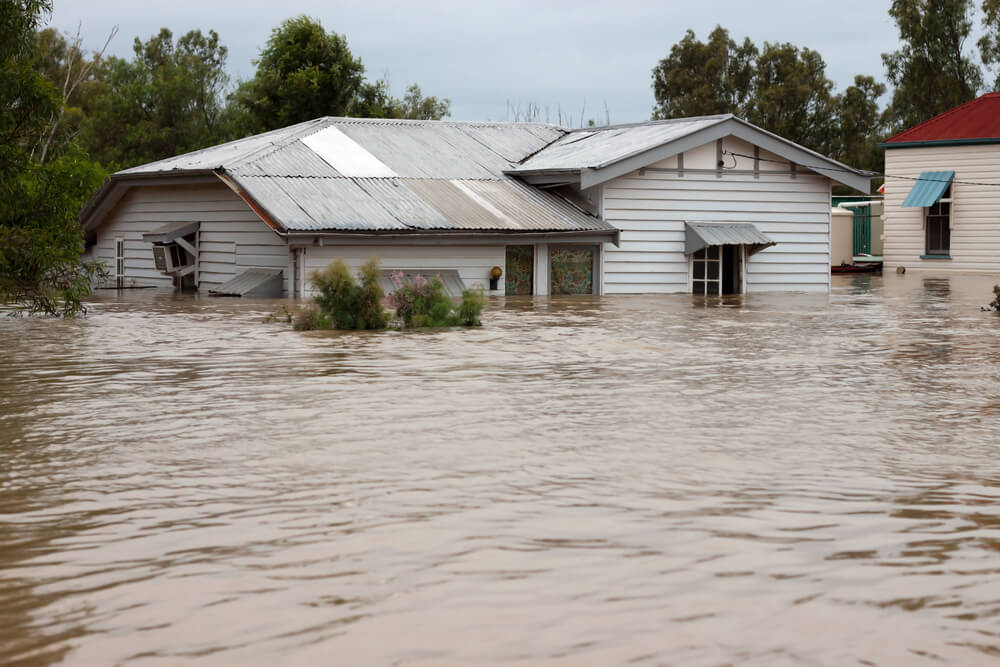Floods can cause substantial damage to establishments and residences, leading to costly repairs and emotional distress. As flood-related incidents become more frequent and severe due to climate change, commercial and private residents must adopt strategies that minimize the potential for flood-related damage.
By taking preventative action, people may shield their homes, possessions, and—most importantly—their loved ones from the damaging impacts of flooding. This post will analyze productive tactics that can lessen the harm that flooding could do to your Bay Area home.
Besides, don’t hesitate to contact Restoration Bay in the Bay Area if you confront flood-related damage. Our team of professionals has successfully handled all kinds of water-related crises. We’ll assess the issue and give you a thorough plan for rapidly and effectively repairing your place to its pre-damaged condition.
- Risk Assessments
Before reviewing flood damage prevention strategies, it is necessary to understand the risks associated with flooding. Flooding can occur due to various factors, such as heavy rainfall, melting snow, or dam failures. In addition, factors like elevation, proximity to bodies of water, and local drainage systems can significantly affect the vulnerability of a residence to floods. You can better tailor your flood prevention efforts by assessing the specific risks associated with your location.
- Improving Drainage Systems
One of the key strategies for minimizing flood-related damage is to improve the drainage systems around your residence. Poor drainage can cause water to collect near your property, increasing the risk of flooding. Here are some practical measures you can take to improve drainage:
- Clear debris from gutters and downspouts regularly to ensure proper water flow.
- Extend downspouts away from the foundation of your residence to direct water away.
- Ensure your yard has proper grading to encourage water to flow away from the residence.
- Install French drains or soakaways in low-lying areas to collect and redirect excess water.
- Investing in Flood Barriers and Sealing
Investing in flood barriers and sealing techniques is another effective strategy to minimize flood-related damage. These measures create a physical barrier between floodwaters and your residence, preventing or reducing water intrusion. Here are some options to consider:
- Flood Doors and Flood Shields: These specialized doors and guards are designed to resist floodwaters, preventing them from entering your house.
- Flood Barriers and Gates: These can be temporarily installed to block floodwaters from reaching vulnerable entry points.
- Sealants and Coatings: Applying sealants and coatings to walls, windows, and doors can provide additional protection against water intrusion.
- Foundation Sealing: Ensuring your foundation is adequately sealed can help prevent seepage and water infiltration.
- Creating a Flood Emergency Plan
Preparing for a flood emergency is crucial to minimize damage and ensure the safety of everyone in your premises. Developing a comprehensive flood emergency plan can help you stay organized and act swiftly when a flood warning is issued. Here are some key elements to include in your project:
- Emergency Contacts: Compile a list of essential contact numbers, including local emergency services, insurance providers, and community members.
- Evacuation Routes: Identify safe evacuation routes in your area and communicate them clearly to all.
- Emergency Supplies: Prepare an emergency kit containing food, water, first aid supplies, flashlights, and batteries.
- Important Documents: Keep important documents such as insurance policies, identification, and property deeds in a waterproof and easily accessible place.
- Communication Plan: Establish a reliable method of communication with family members or stakeholders and designate a meeting point in case of separation.
- Home Modifications for Flood Resilience
Implementing certain modifications to your premises can significantly enhance its flood resilience. While these modifications may require an initial investment, they can save you from substantial flood-related damages in the long run. Some effective changes include:
- Raising Electrical Outlets and Wiring: Elevating electrical systems above expected flood levels can prevent dangerous electrical complications.
- Waterproofing Basement Walls and Floors: Utilize waterproofing techniques to protect vulnerable areas from water penetration.
- Installing Backflow Preventers: Backflow preventers can help prevent sewage backups during flooding events.
- Elevating Appliances and Valuables: Raise appliances, furniture, and valuable belongings onto platforms or shelves to keep them above potential floodwaters.
- Insurance Coverage
Adequate insurance coverage is essential to protect your residence and personal belongings from flood-related damages. Review your insurance policies to ensure they include flood coverage, as standard homeowner’s insurance often excludes flood damage. Consider purchasing separate flood insurance to provide comprehensive protection against flood-related losses. Consult with insurance professionals to understand the extent of coverage and policy limitations.
Conclusion
Protecting your Bay Area establishment from flood-related damage requires a combination of proactive measures and planning. You can reduce the possibility of flood-related damages by being aware of the hazards, upgrading drainage systems, investing in flood barriers, developing a flood emergency plan, implementing home adaptations, and obtaining proper insurance coverage.
These strategies are crucial for both commercial and private residents who wish to safeguard their property, ensure the safety of the occupants, and mitigate the financial burden of flood-related incidents. With careful preparation and continuous adaptation to changing circumstances, you can fortify your Bay Area residence against the destructive forces of flooding.



